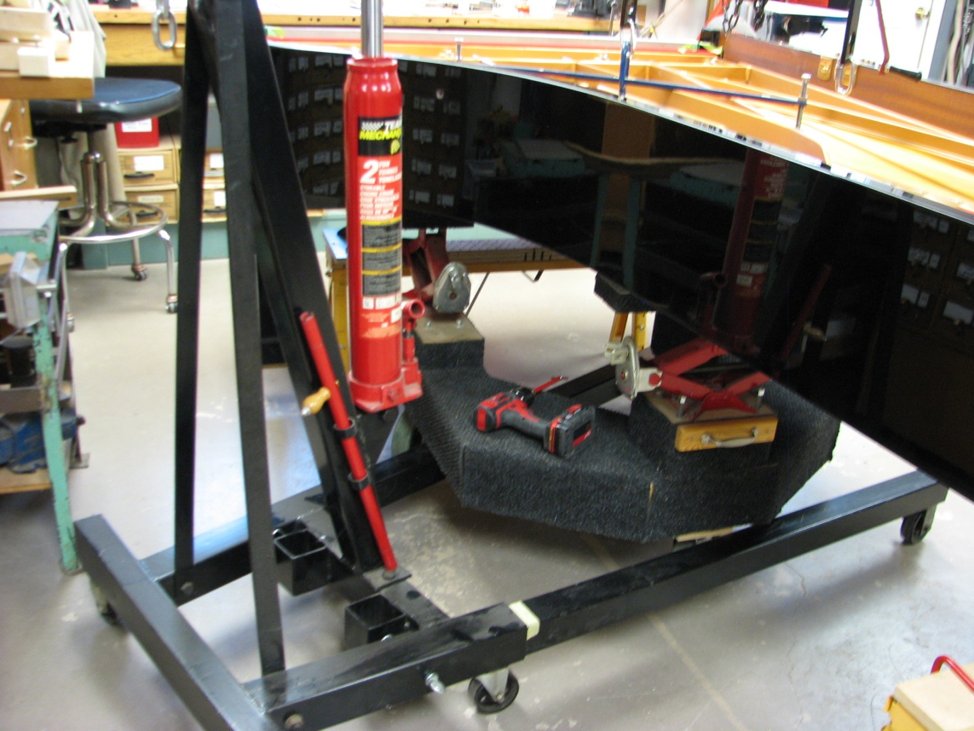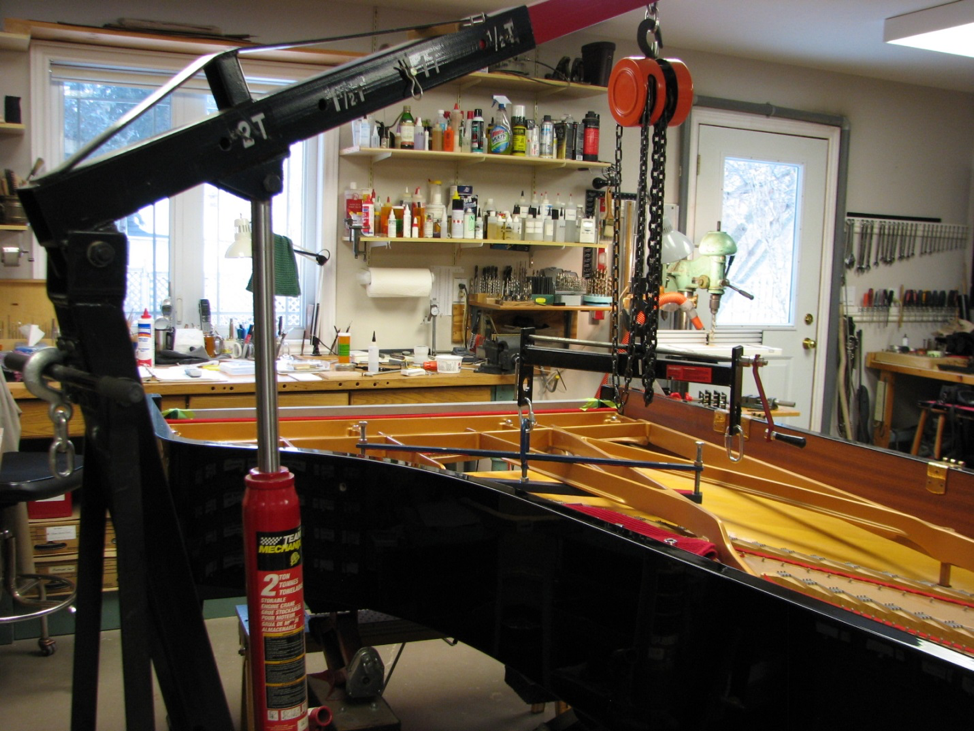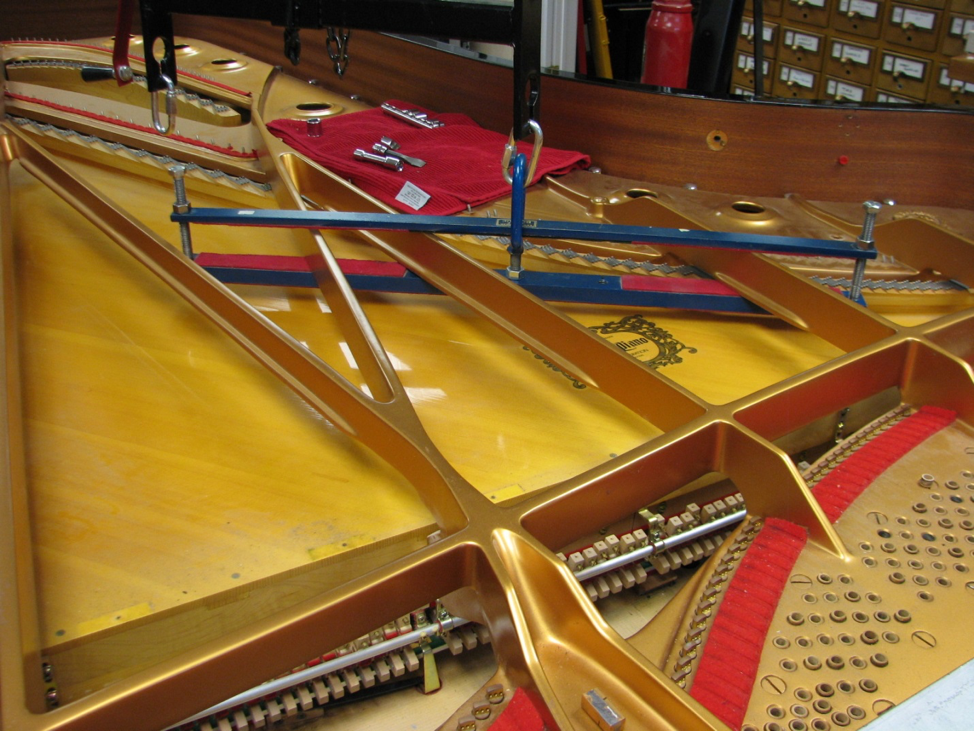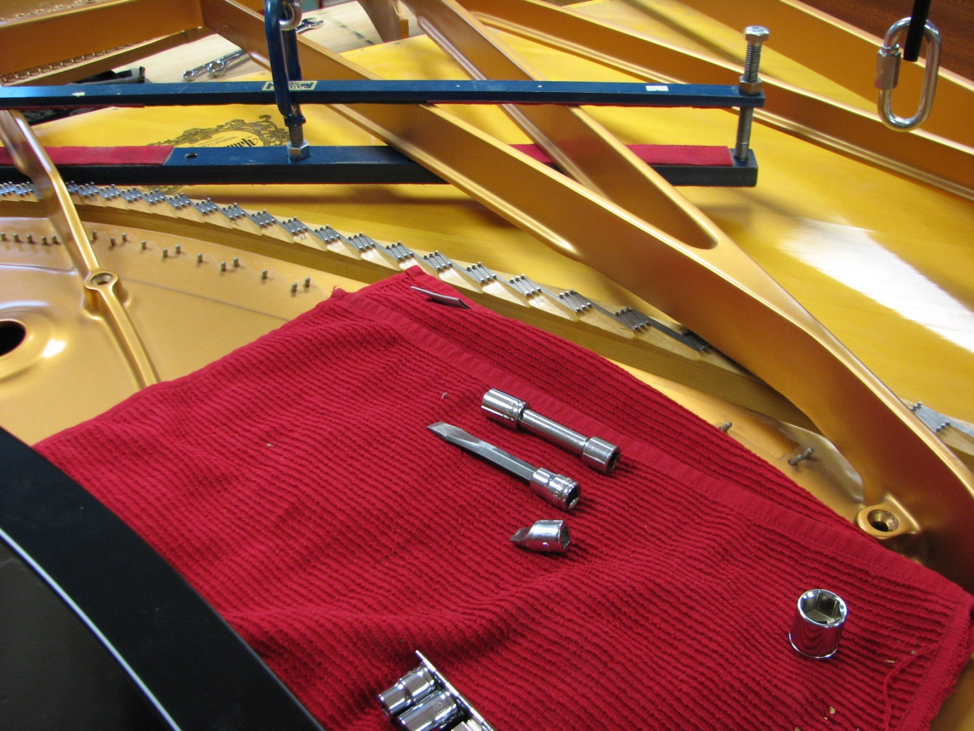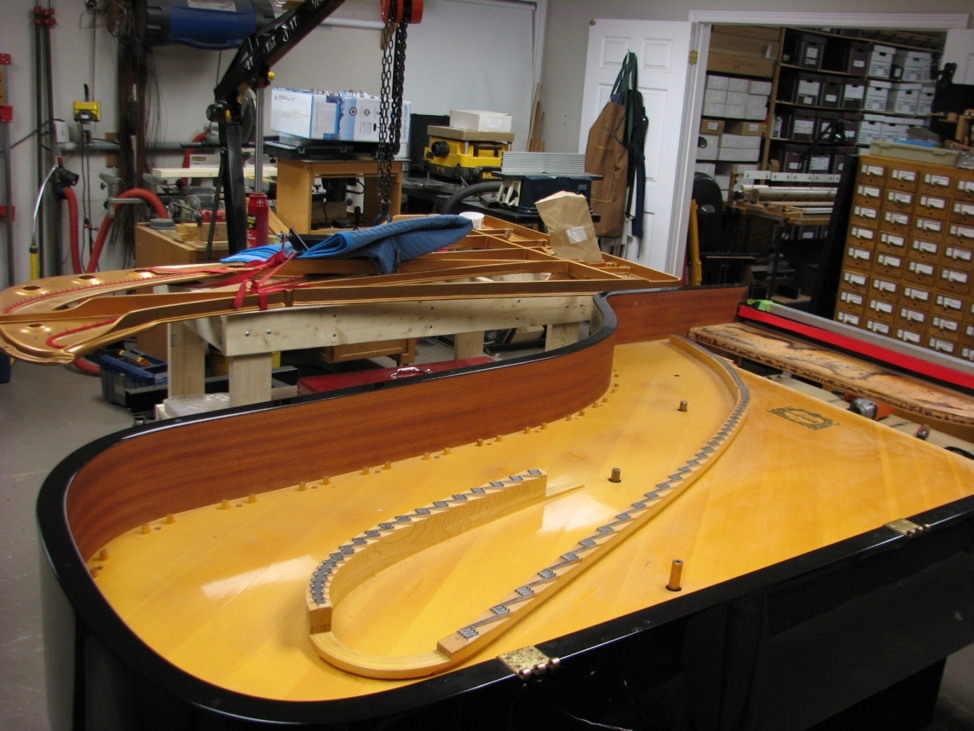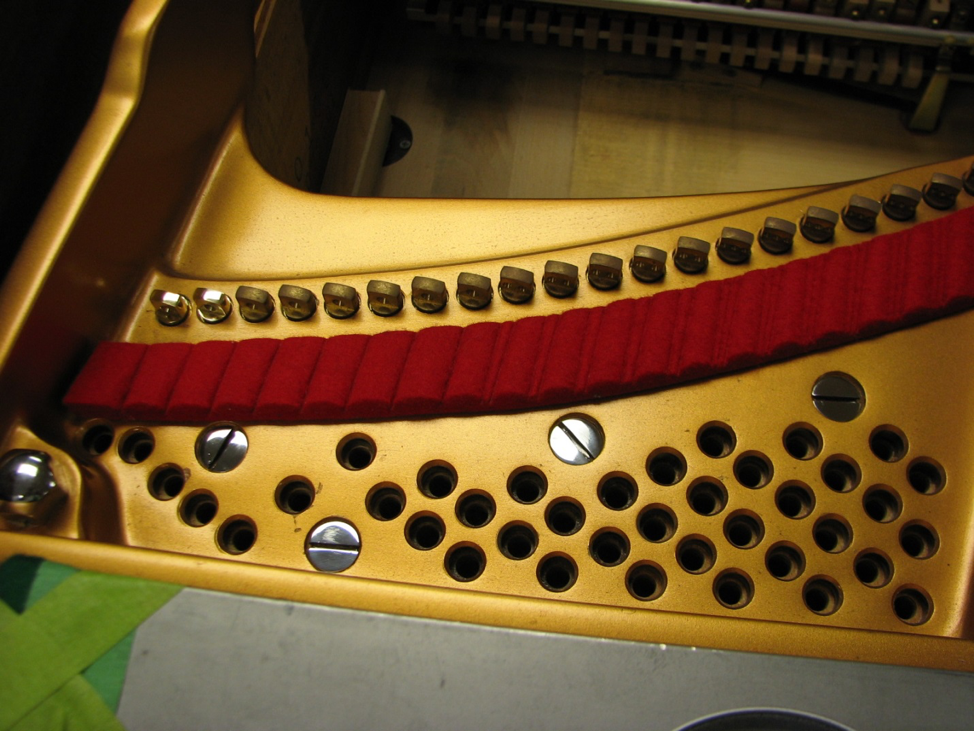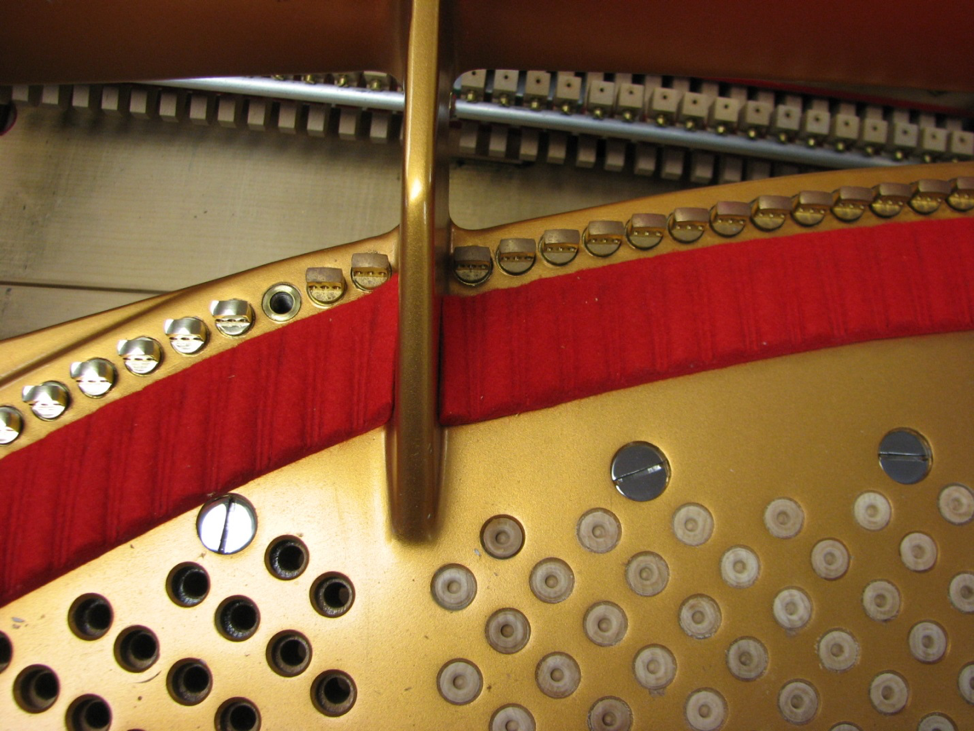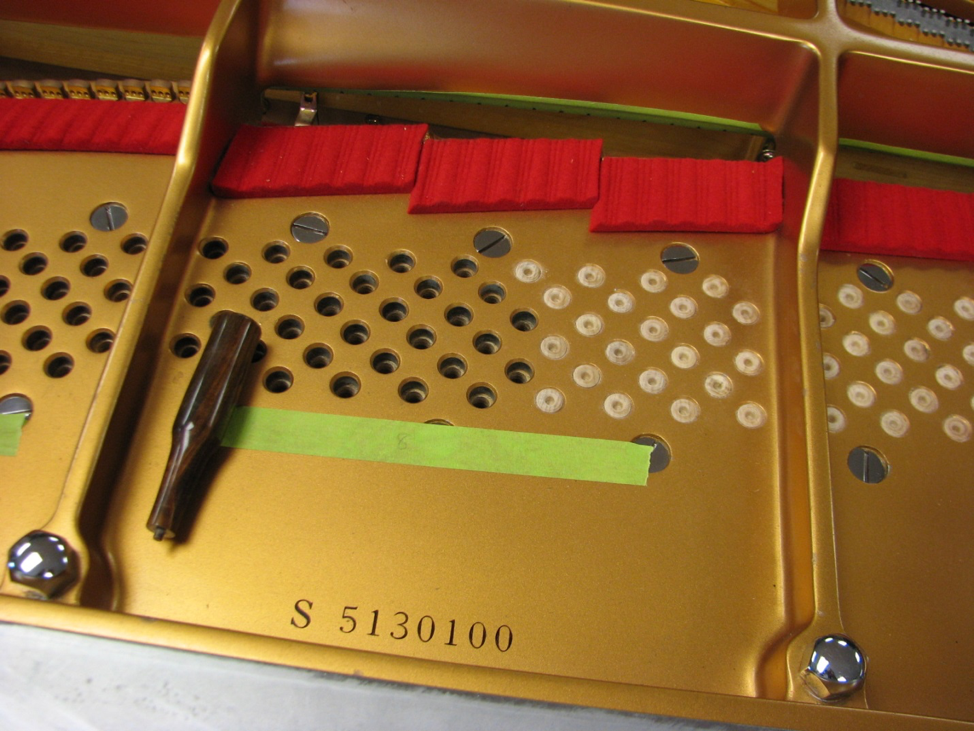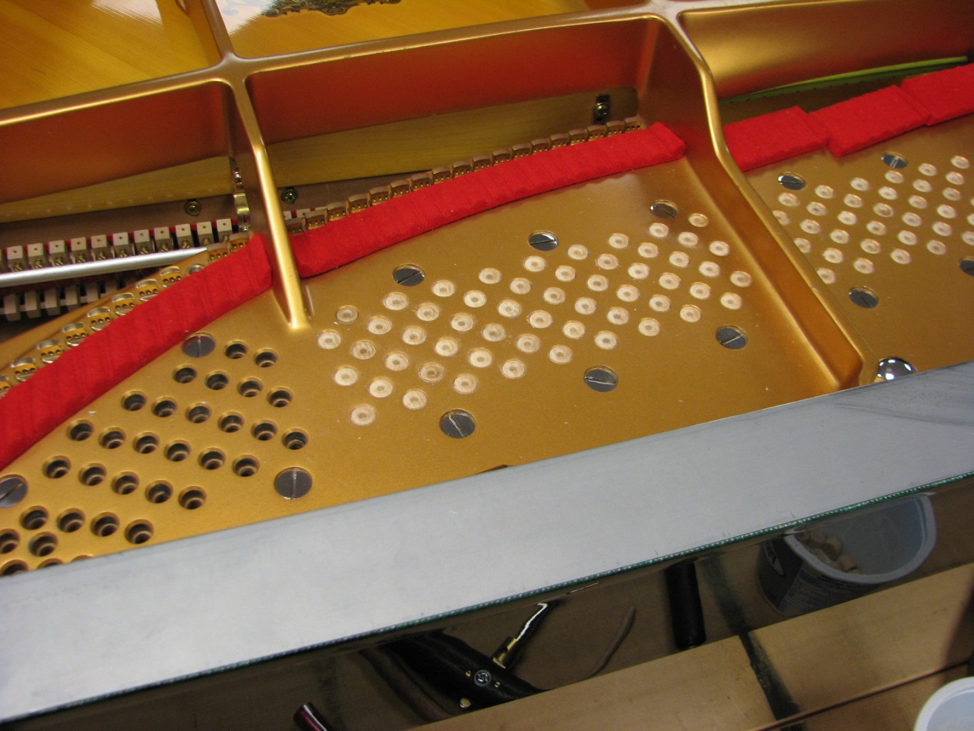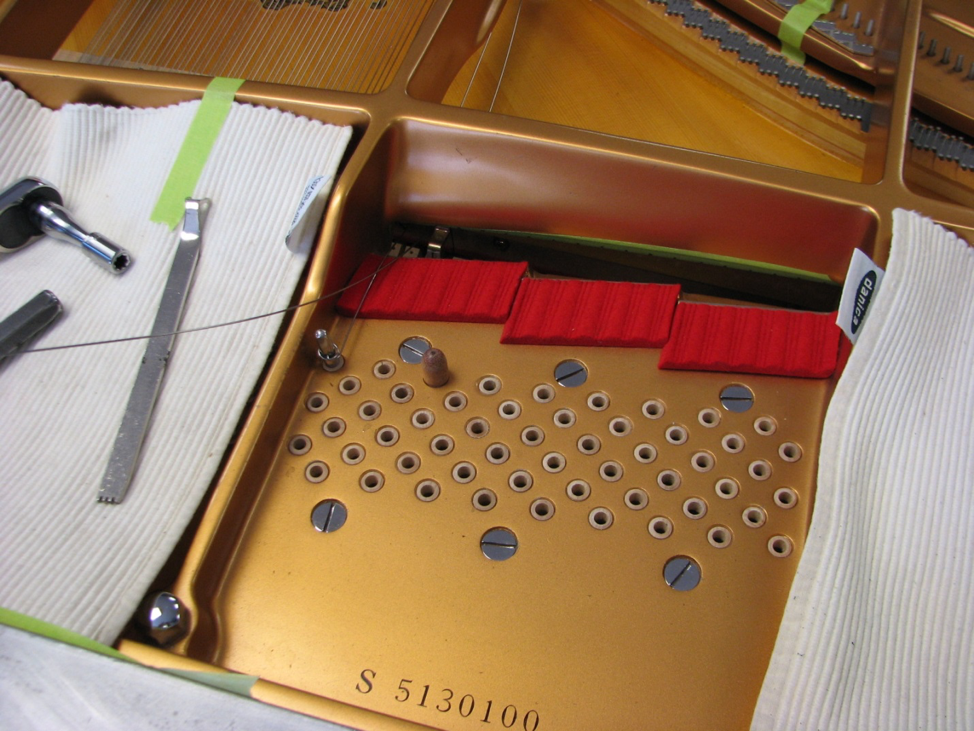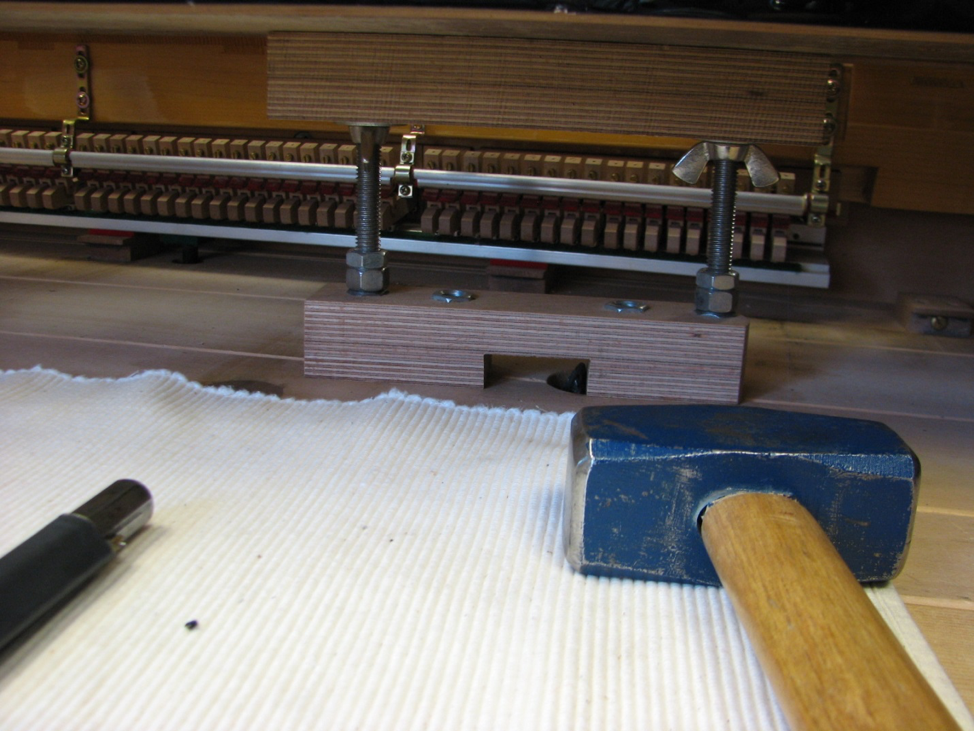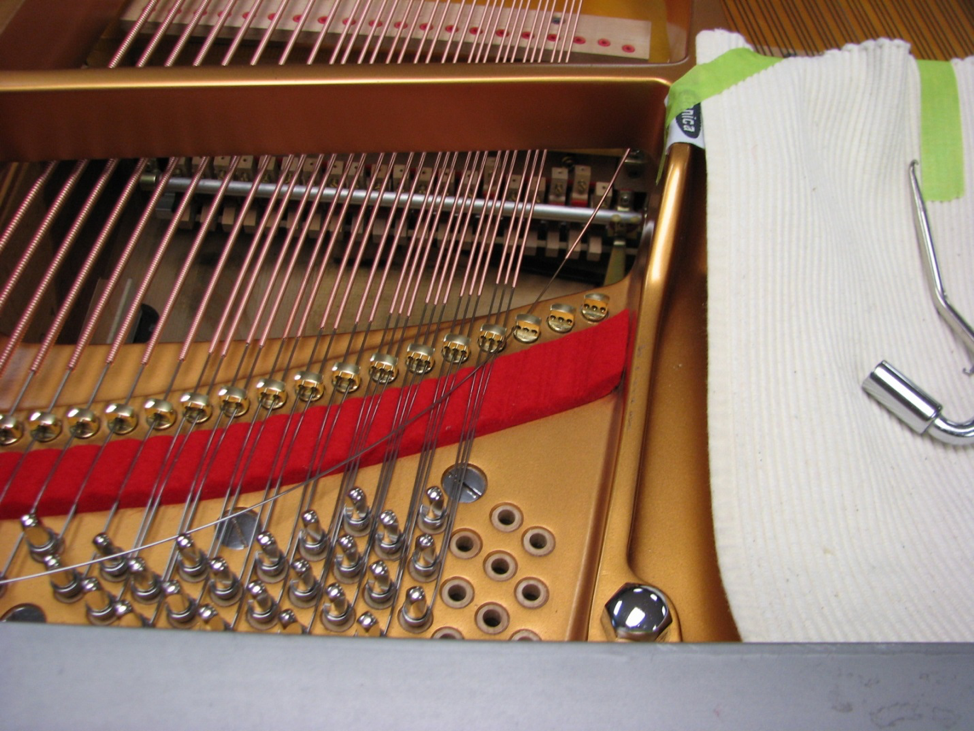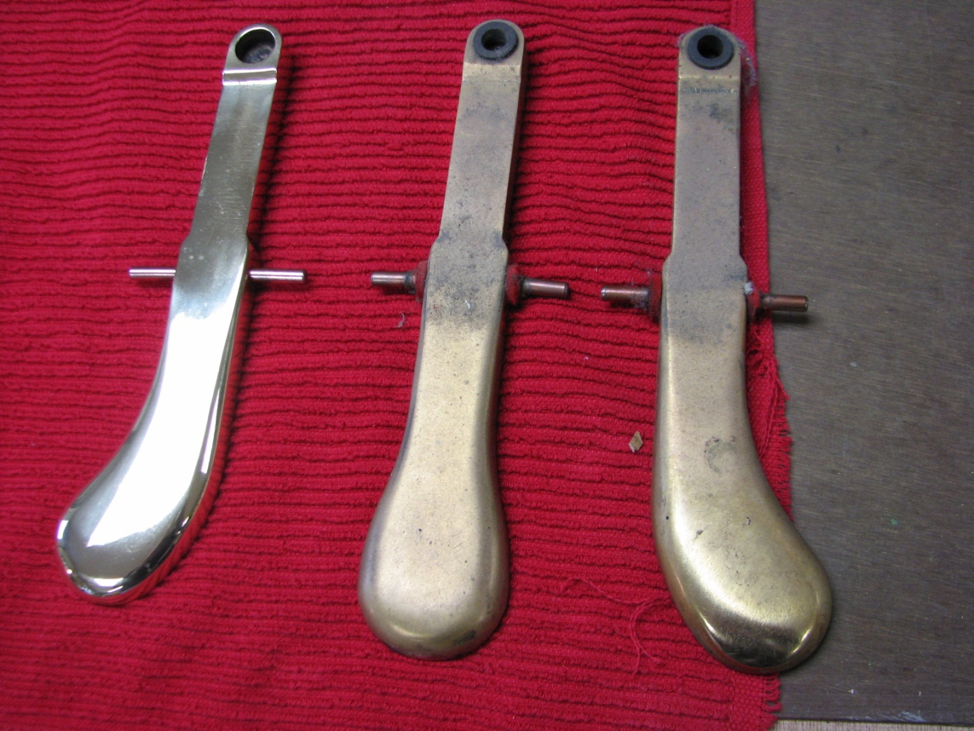THE SCA’s YAMAHA GRAND PIANO
Before 2001 the SCA rented a grand piano from Yamaha whenever one was required for a concert. Rental costs were high because of high rental fees, expensive insurance and the cost of the 5 person crew required to move the piano into and out of SCITS, our usual venue. (Lots of stairs and ramps!) When the Imperial Theatre became available as a permanent venue for the SCA, the Association Board decided to seek funds to buy a grand piano. The piano would be kept in the Imperial Theatre and be made available for use without charge, except for the stipulation that it be tuned before each use.
In 2001 the SCA obtained a $61,000 grant from the Trillium Foundation to purchase a refurbished 9 1/2 ft. Yamaha CF111S Concert Grand Piano. The piano had been built in 1992. Originally it was a demonstration and rental piano at Yamaha. The piano was used frequently over the next 14 years.
In June 2015, the Sarnia Community Foundation gave a $7,000 grant to the SCA to replace the hammer assembly, repin the whippens, and regulate the hammer action. This maintenance is required a number of times in the life of a grand piano. The frequency depends on the amount of use. (In a university music school where the piano is used all day, every day of the year, the hammer assembly is replaced every 18- 24 months.) This was the first maintenance work on the piano since 2001.
In December 2015, the Judith & Norman Alix Foundation gave a grant of $10,000 to the SCA for the replacement of the music wires and installing new tuning pins. This work was required because the tension maintained on the wires for years causes the wires to become brittle. This causes the piano to sound “muted.” The muted sound had been noted by our piano tuner, by a Yamaha technician, and by the Imperial Theatre sound technician. The brittle condition can also cause music wires to break when extra tension is applied during routine tuning. Typically, replacing the music wires is only done once or twice in the life of a grand piano. It had never been done on the SCA piano.
All the maintenance work was done by Paul Gilchrist, Gilchrist Piano Service, Fenwick, Ontario, a registered Yamaha technician. The sound quality of the piano is now back to its original state and has garnered praise from the professional musicians who have used it.
Yamaha CFIIIS Rebuilding
Special brass tripoli is used on the first wheel followed by brass polish on the second. Hand polishing finishes the process prior to careful installation.
It is extremely important to align the agraffes perpendicular to the string plane. Using a black heavy cord hooked on the corresponding hitch pin and bridge pin along with a protractor, this painstaking process took roughly two full days to complete. The result is not only cosmetically dramatic but careful reaming of each of the string holes produces ideal tonal clarity.
This photo shows the tuning pin bushing installation in process. These bushings are then carefully drilled out with a stepped drill bit. This allows the bushing to be drilled out at the correct angle maintaining the integrity of the pinblock hole. Prior to this I used a brass brush reamer to clean up the glaze of the tuning pin hole created by the removal of the original pins.


